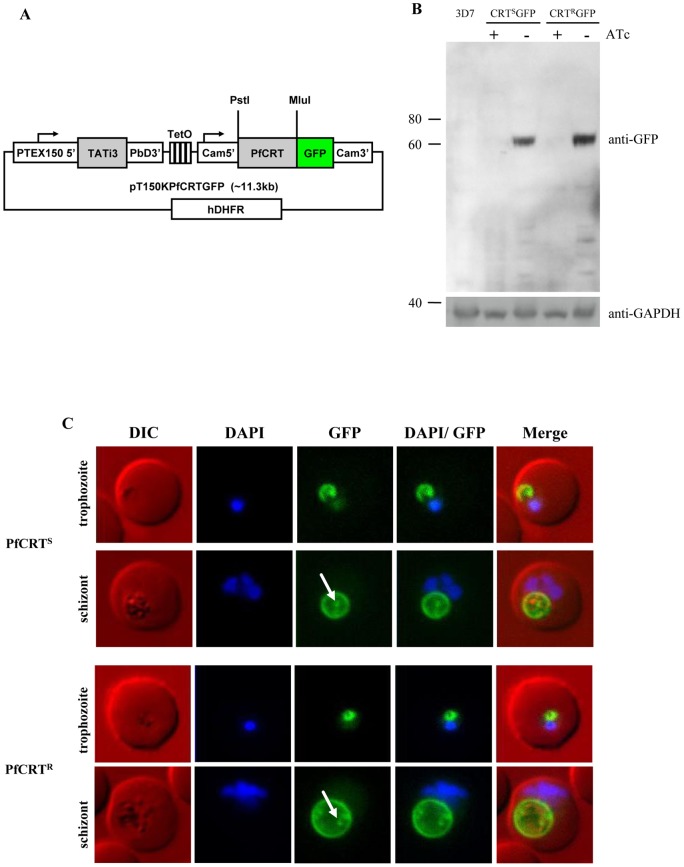Figure 1. Over-expression of sensitive and resistant form of PfCRT as GFP-fusion protein.
(A) Schematic representation of the inducible expression plasmid pT150KPfCRTGFP. Expression of the transcription activator TATi3 is under the control of the 5' UTR of PTEX150. In the presence of the transcription inhibitor anhydrotetracycline (ATc), TATi3-binding to the Tet operon (TetO) is inhibited and no expression of GFP-tagged PfCRT occurs. In the absence of ATc, TATi3 binds to TetO, initiating the over-expression of PfCRT-GFP. Cam5': 5' UTR of Calmodulin, hDHFR: human dihydrofolate reductase. (B) Western Blot analysis of induced over-expression of sensitive (PfCRTS) and resistant (PfCRTR) form of PfCRT as GFP-fusion. Presence of PfCRTS and PfCRTR as GFP-fusions, labelled with mouse anti-GFP, is confirmed by the presence of a band at 62 kDa only in the parasites cultured in the absence of ATc. P. falciparum wild-type strain 3D7 represents the negative control. Labelling with rabbit anti-GAPDH shows equal loading in these lanes. (C) Fluorescence microscopy of GFP-fusions of sensitive (PfCRTS, top) and resistant (PfCRTR, bottom) form of PfCRT. PfCRTS and PfCRTR were over-expressed as GFP-fusion proteins using an ATc-inducible expression system. Live cell images of DAPI-stained infected red blood cells show that both forms of PfCRT localise to the FV membrane. Later stages of the asexual life cycle show ring/dot-like structures (white arrow) within the FV, possibly degraded GFP-fusion proteins.

